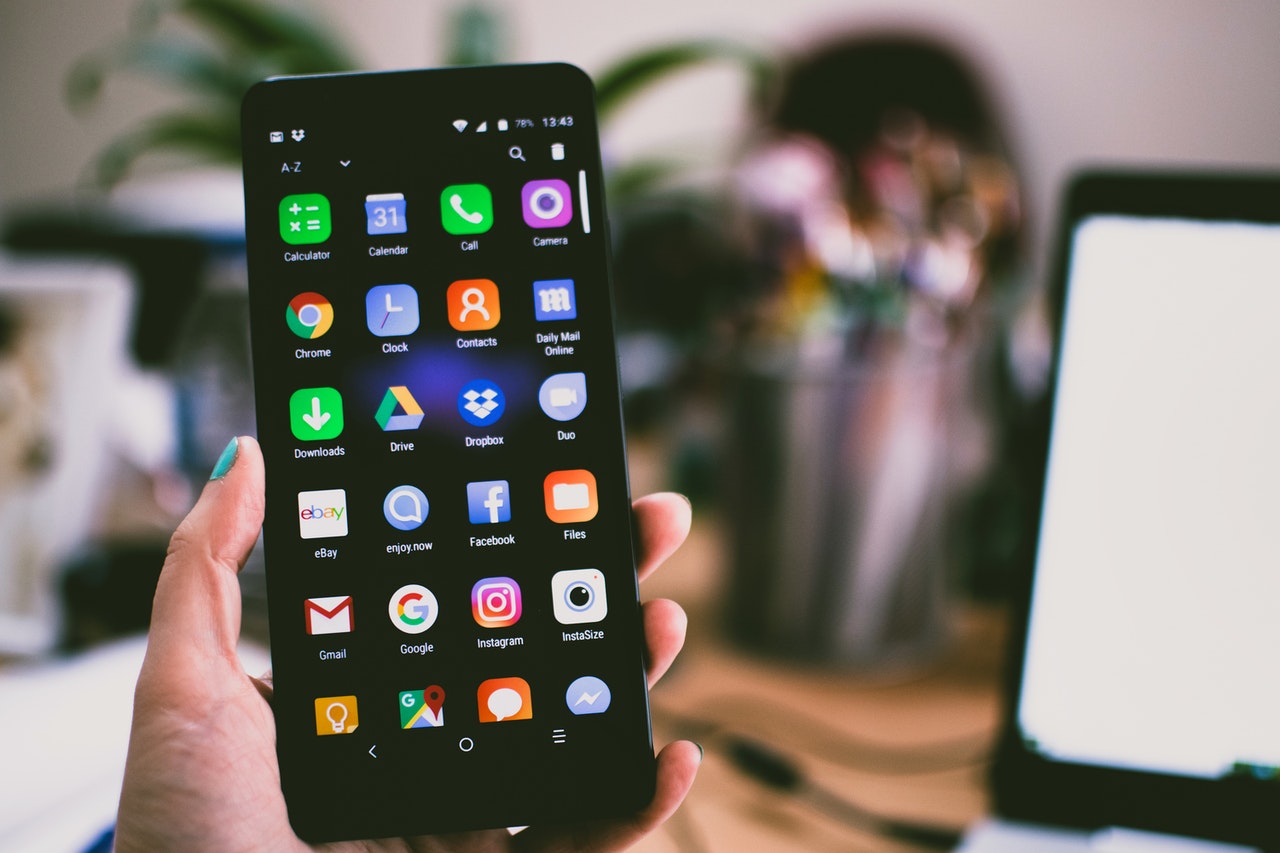As of April 2022, the total number of people worldwide who owned a smartphone was reportedly 6.64 billion, equating to more than 83 percent of the global population. Over the years, the humble cell phone has evolved almost beyond recognition. They have been transformed from rudimentary brick phones to handheld computers that play a part in virtually every aspect of our daily lives.
The smartphone has revolutionized the way consumers interact with the world, disrupting not just the mobile phone market, but virtually every other industry too. When Alexander Graham Bell unveiled the world’s first telephone in 1879, his invention was deemed nothing short of miraculous, revolutionizing communication. Initially the remit of the ultra-wealthy, it was not until the 1940s that telephones became commonplace.
Today, phones are everywhere, enabling us to not only check in loved ones, but shop, complete banking transactions, run our smart homes, and even consult with a physician. We look at six of the biggest winners and losers created by advancements in mobile phone technology.
Loser: The Postal Service
As more and more Americans embraced mobile technology, demand for postal services slumped. Phone calls, emails, instant messaging, and texting became the go-to communication channels, with the traditional postal service assigned the unfortunate moniker “snail mail.”
Rather than placing a check in the mail, most modern consumers prefer to pay their bills online. Although strong demand remains for postal services and couriers to deliver packages, even this element is ripe for disruption, with Amazon investing heavily in developing drone technology to revolutionize the way it delivers its products.
Winner: Fashion
Like the smartphone, fashion is, by its very nature, at the forefront of change. Forward-thinking fashion businesses and brands have focused on the mobile market for the past decade, keeping relevant with current trends, from Instagram influencers to who wore what at the Oscars.
Mobile fashion apps enable brands to interact with consumers on an intimate level, developing the perfect business model by providing a hyper-personalized service, establishing themselves as the shopper’s first port of call. The development of virtual personal assistants presents fashion retailers with an unparalleled opportunity to provide shoppers with insightful, relevant recommendations.
Thanks to the proliferation of 4G, and soon 5G, across the US and Europe, information is available faster than ever before. Fashion retailers are increasingly focusing on delivering exactly what the customer wants, faster. Powerhouses like Tom Ford and Burberry are making their collections available in their mobile stores immediately after being launched on the catwalk.
When you consider that 90 percent of purchasing decisions are made subconsciously, it is easy to see why fashion brands are going all out to create an ongoing personal connection with consumers.
Loser: Print Publishing
Long gone are the days when we discovered the news by reading the morning papers. The smartphone has heralded an age of hyperconnectivity, in which news on one side of the world is transmitted to the other in seconds.
Smartphones cater for the seemingly insatiable human desire for the latest news, entertainment, and trivia. They also facilitate self-expression and help us share our opinions on social media. To a large extent, they have obliterated demand for traditional printed publications. Many newspapers, magazines, and even book publishers have been forced to take their offerings online, publishing information in bite-sized snippets that are easier to digest.
Winner: Artificial Intelligence (AI)
From Siri to sat nav to home security, AI is playing an ever-increasing role in all of our daily lives, thanks largely to the proliferation of smartphones. We use AI without even realizing it.
Platforms like Instagram, Twitter, and Facebook rely heavily on machine learning and AI to personalize user content. They are used for targeted advertising, as well as in deciding the notifications users receive.
AI is also implemented by music and video streaming sites, providing users with recommendations based on previous material they have played, factoring in their favorite artists, genre, etc., to suggest new content they might like.
Loser: Camera and Printing Industries
With smartphone camera technology becoming increasingly sophisticated, demand for traditional cameras and printing services has plummeted. Whereas consumers would once happily invest hundreds of dollars in an entry level DSLR to capture their magical moments, today the equivalent technology is built right into their mobile phone. This eliminates not just expense, but the inconvenience of carrying around hefty camera equipment.
Winner: Gaming
One of the industries in which the smartphone has had the biggest impact is the world of gaming. Increased adoption of mobile phones has enabled gaming companies to reach new, previously untapped demographics.
Smartphones have increased gaming accessibility drastically, allowing consumers to enjoy their favorite games on the move. Cloud gaming has enabled consumers to stream games directly from the cloud. This has eliminated the need to invest in an expensive console.
Today’s games are not just for kids, with word games, brainteasers, puzzles, and even role-playing adventure games designed specifically with enthusiast audiences in mind.

